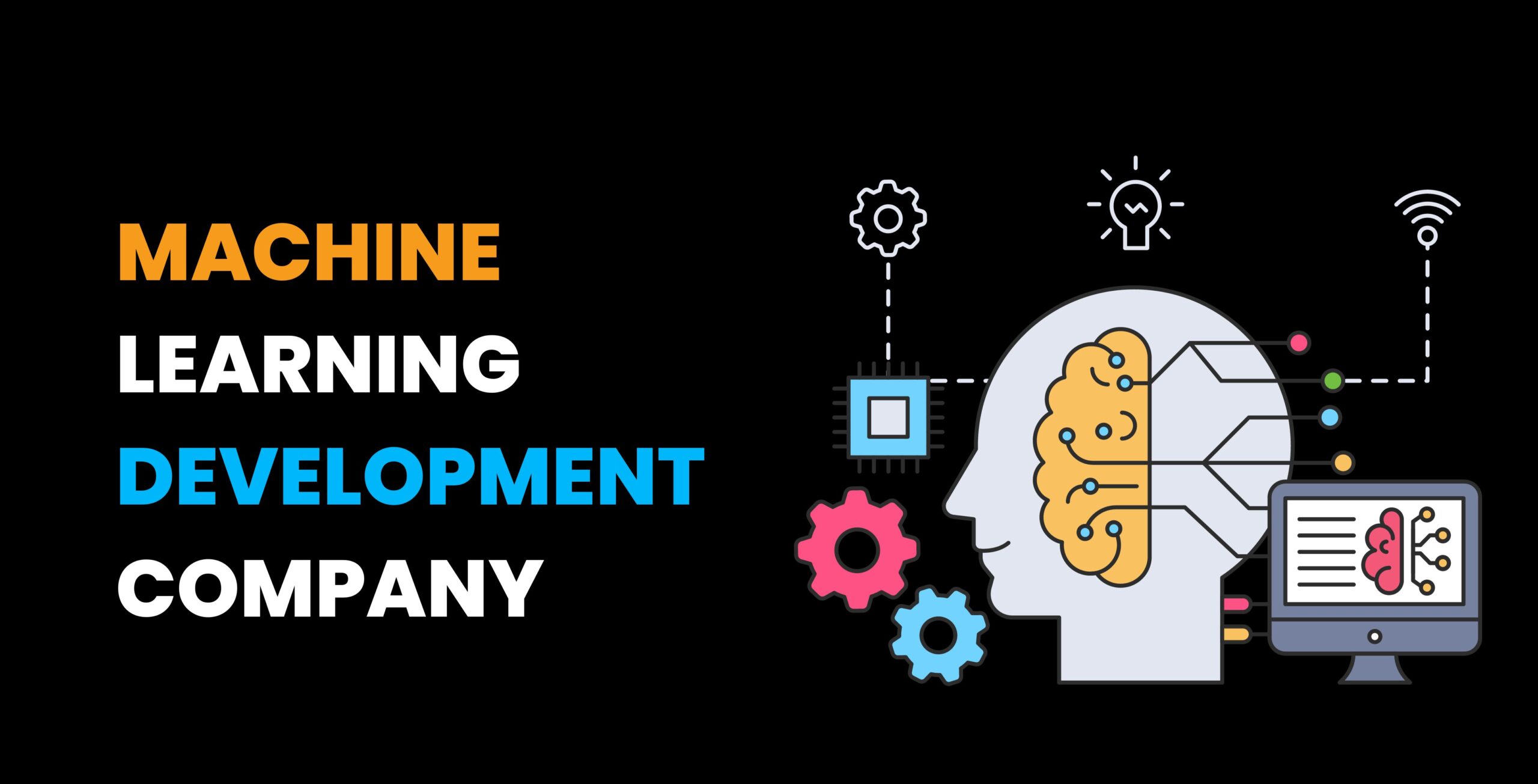Machine learning, a subset of artificial intelligence, has revolutionized the way we interact with technology, from recommendation systems in e-commerce to self-driving cars. The development of machine learning applications is both an art and a science, blending creativity with rigorous methodologies. In this article, we will delve into the intricacies of machine learning development services, exploring the process from conception to deployment.
Understanding Machine Learning
What is Machine Learning?
Machine learning is a branch of artificial intelligence that enables computer systems to learn from data and make predictions or decisions without being explicitly programmed. It relies on algorithms and statistical models to recognize patterns in data.
Types of Machine Learning
1. Supervised Learning: In supervised learning, models are trained on labeled data, making predictions or classifications based on known outcomes. For example, email spam filters are created using this technique.
2. Unsupervised Learning: Unsupervised learning deals with unlabelled data, seeking to find patterns or groupings within the data. An example is customer segmentation in marketing.
3. Reinforcement Learning: Reinforcement learning focuses on teaching a machine to make sequences of decisions to achieve a goal, typically through trial and error. Self-driving cars use reinforcement learning to navigate.
The Art of Machine Learning Development
Problem Definition
The first step in any machine learning project is defining the problem. It is crucial to understand the business goal and what you aim to achieve with machine learning. For example, if you work for a retail company, you might want to predict customer purchase behavior to optimize inventory.
Data Collection
Machine learning models require high-quality data. Data collection involves gathering relevant and sufficient information to train and test your models. This could be structured data from databases or unstructured data from text, images, or videos.
Feature Engineering
Feature engineering is the art of selecting and transforming the data attributes (features) to improve model performance. This involves domain knowledge and creativity. For instance, in a natural language processing project, you might extract sentiment scores from text reviews to improve a sentiment analysis model.
Model Selection and Tuning
Selecting the right machine learning algorithm is essential. This decision depends on the problem and data. Once chosen, models must be fine-tuned by adjusting hyperparameters. Hyperparameter tuning is a delicate balance, as overfitting and underfitting can occur.
Evaluation and Validation
Evaluating models involves using metrics to assess their performance. Common metrics include accuracy, precision, recall, and F1-score. Cross-validation techniques are used to validate the model’s generalization ability.
Interpretability
The art of machine learning also encompasses model interpretability. Understanding how the model reaches its decisions is crucial, especially in fields like healthcare or finance, where model decisions have real-world consequences.
The Science of Machine Learning Development
Data Preprocessing
Before feeding data to machine learning models, preprocessing is essential. This includes handling missing data, scaling features, and encoding categorical variables. For example, in image recognition, data may be resized and standardized.
Model Training
Model training involves using historical data to teach the machine learning algorithm. The model identifies patterns and relationships between features and target variables, iteratively improving its performance.
Testing and Validation
Testing the model with a separate dataset is crucial to check its generalization ability. This is where the science of machine learning kicks in, ensuring that the model’s performance is not solely optimized for the training data.
Deployment
Deploying a machine learning model is a science in itself. It involves integrating the model into the production environment, often using APIs or containerization. This step requires careful monitoring and scaling to ensure the model continues to perform effectively.
Continuous Learning
Machine learning models are not static; they require continuous learning and adaptation. Data evolves, and models must be updated to stay relevant and effective. This process is an ongoing scientific endeavor.
The Marriage of Art and Science
Case Study: Image Recognition
Consider a machine learning project for image recognition. The art of this project would involve selecting the right images and defining the problem scope (e.g., identifying cats in photos). Feature engineering could involve extracting color patterns and textures from images to improve accuracy.
On the scientific side, data preprocessing ensures images are properly formatted and scaled for the model. Model training involves the algorithm learning from a dataset of labeled images, and testing/validation ensure the model recognizes cats in new images effectively. Deployment ensures that the model can identify cats in real-time when integrated into an application.
Challenges and Ethical Considerations
Machine learning development services face several challenges, including data quality issues, overfitting, and model interpretability. Ethical considerations, such as bias in data and fairness in predictions, are paramount. The art and science of machine learning must also account for these challenges and ethical concerns.
Conclusion
The development of machine learning services is a multifaceted process, blending creativity and scientific rigor. From problem definition to model deployment and ongoing learning, it’s a journey that combines the art of problem-solving with the science of data analysis and model development. To succeed in this field, one must harness the creativity of the human mind while respecting the principles of empirical research and ethical responsibility. Machine learning is a powerful tool that, when wielded with art and science, can bring about transformative change in nearly any domain.





